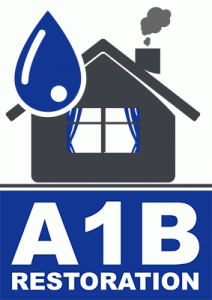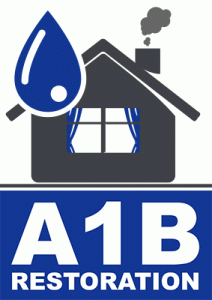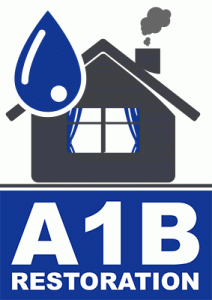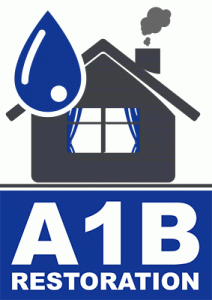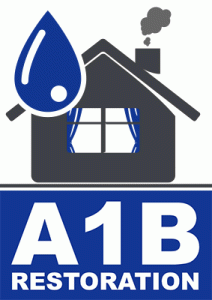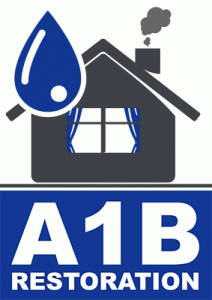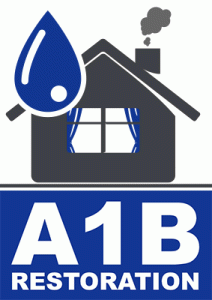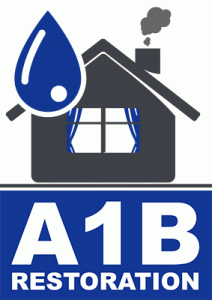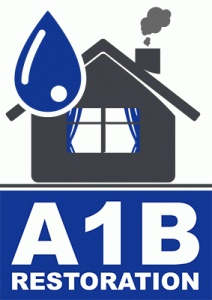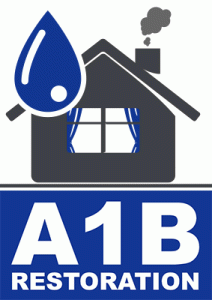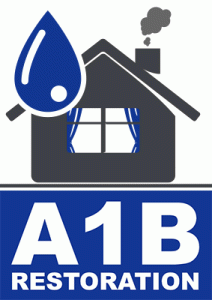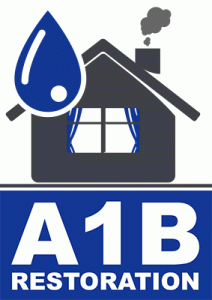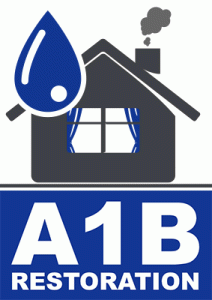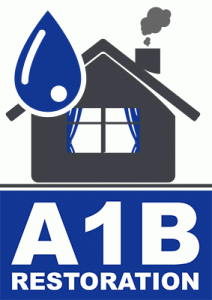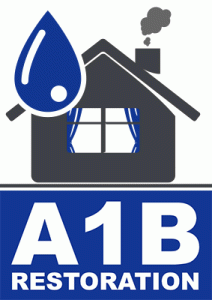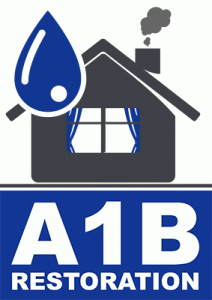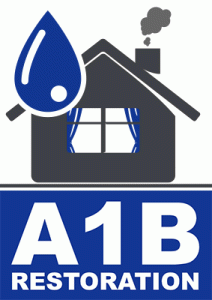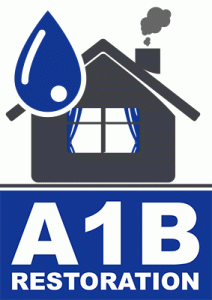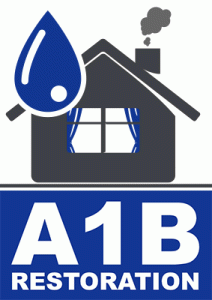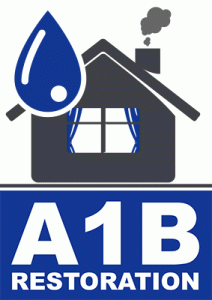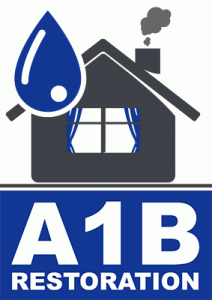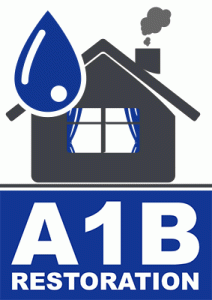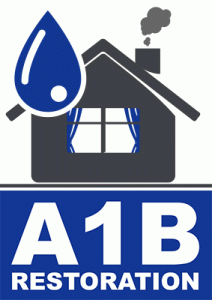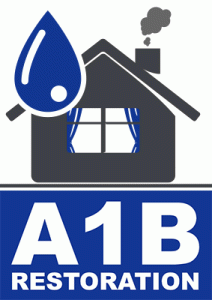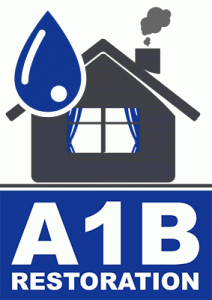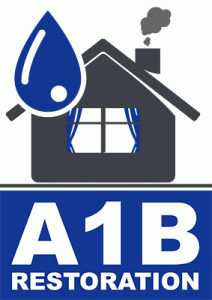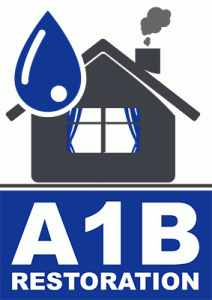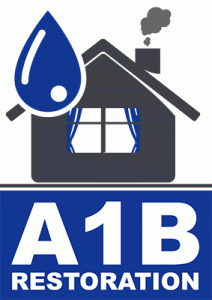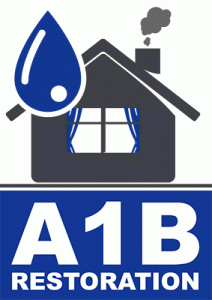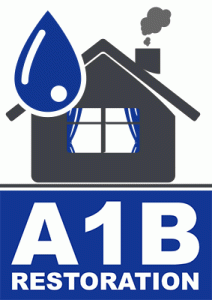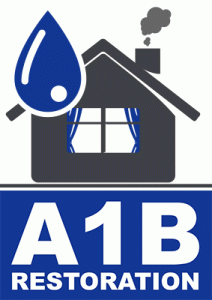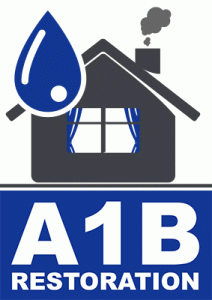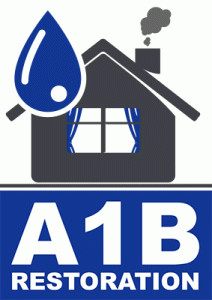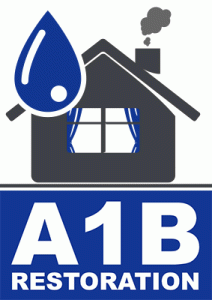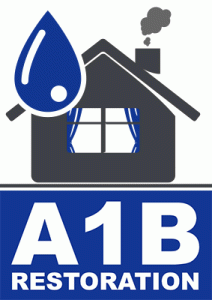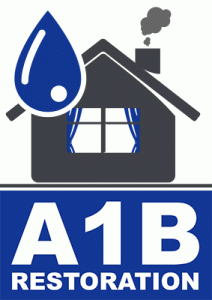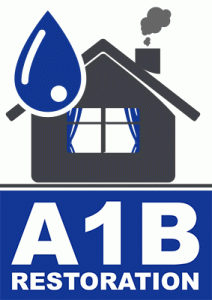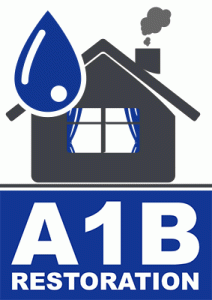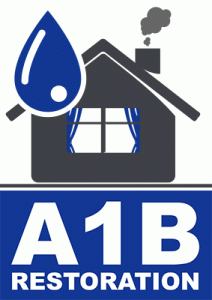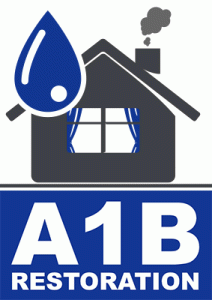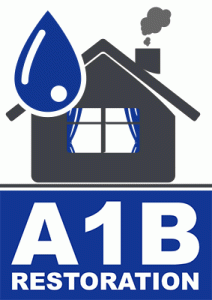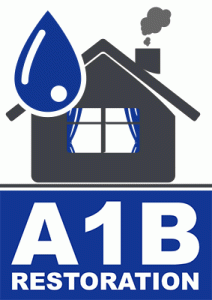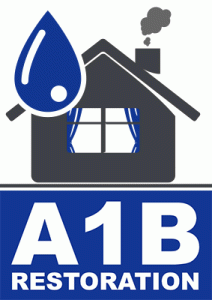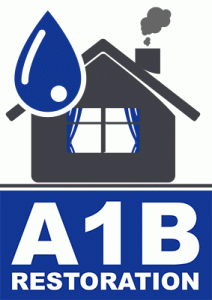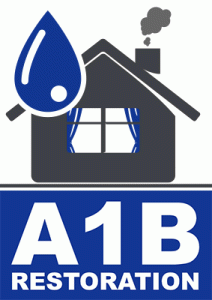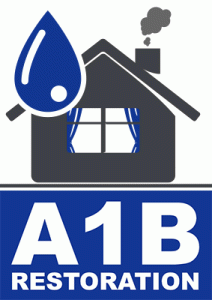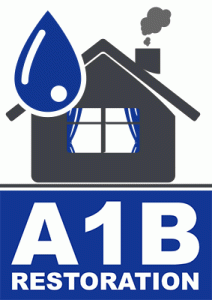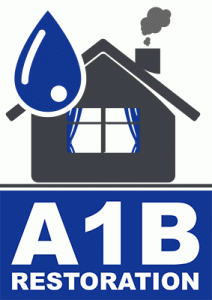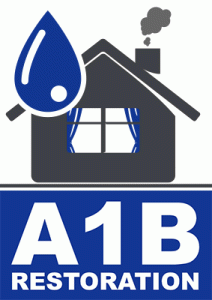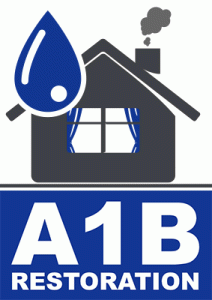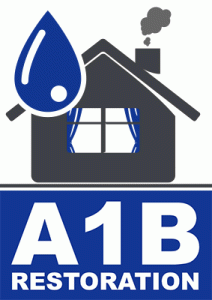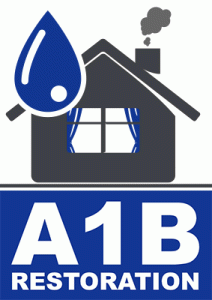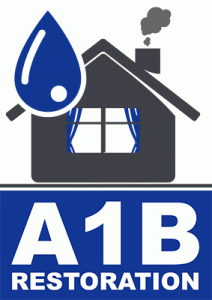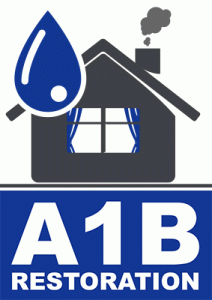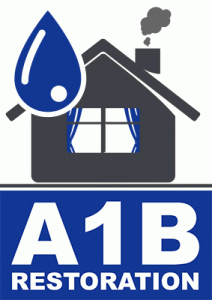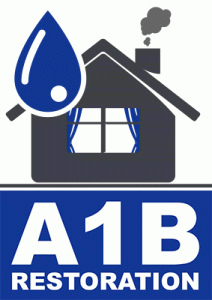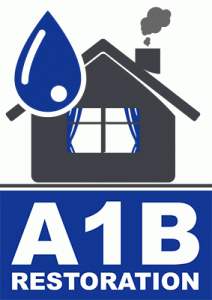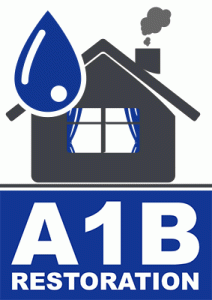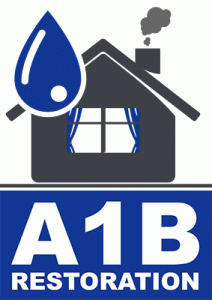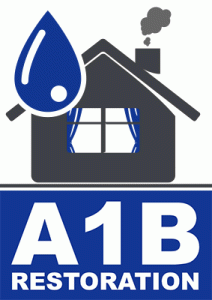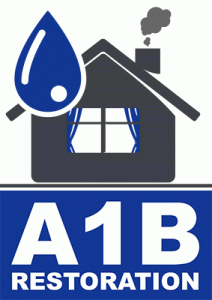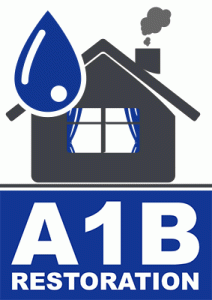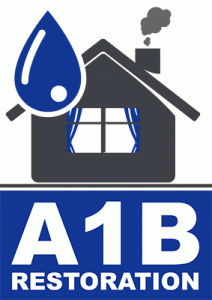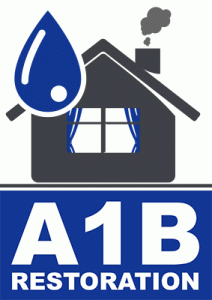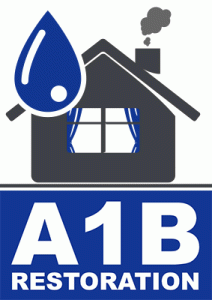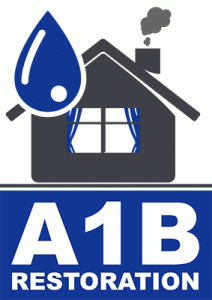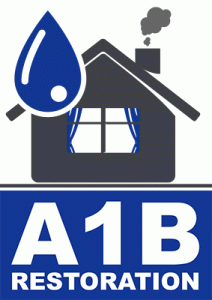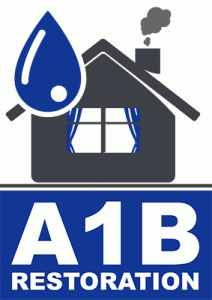The Impact of Climate Change on Water Damage Restoration
Climate change is no longer a distant threat; it is a current reality impacting various facets of our lives. One area that is significantly affected is water damage restoration. As global temperatures rise, the frequency and intensity of extreme weather events, such as hurricanes and heavy rainfall, are increasing. This phenomenon is creating unprecedented challenges for water damage restoration professionals. This blog post delves into the intricate relationship between climate change and water damage restoration, offering insights, statistics, and actionable tips for professionals and homeowners alike.
Understanding the Link Between Climate Change and Water Damage
Climate change leads to an increase in the frequency and severity of natural disasters, resulting in more widespread and severe water damage. According to the Intergovernmental Panel on Climate Change (IPCC), global warming is projected to increase the intensity of extreme precipitation events, especially in high-latitude and tropical regions. As a result, water damage incidents are expected to rise, putting a strain on restoration resources.
Statistics Highlighting the Growing Challenge
Statistics underscore the growing challenge posed by climate change to water damage restoration:
- Increased Hurricane Intensity: According to the National Oceanic and Atmospheric Administration (NOAA), the frequency of hurricanes has increased by 50% since the 1970s, with climate change being a significant contributor.
- Rising Sea Levels: The global sea level has risen by about 8-9 inches since 1880, with the rate of rise increasing significantly in recent decades, as reported by the NASA.
- Economic Impact: The economic impact of climate-related water damage is staggering, with the World Resources Institute (WRI) estimating that floods alone caused $82 billion in damage globally in 2020.
Challenges Faced by Water Damage Restoration Professionals
The increasing impact of climate change presents several challenges for water damage restoration professionals:
1. Resource Allocation
With more frequent and severe weather events leading to water damage, restoration companies face the challenge of efficiently allocating resources. This includes manpower, equipment, and materials needed to address multiple incidents simultaneously.
2. Technological Advancements
As climate change exacerbates water damage, the need for advanced restoration technologies becomes essential. Professionals must stay updated with the latest innovations, such as moisture detection tools and drying equipment, to enhance their restoration capabilities.
3. Training and Expertise
With the evolving nature of water damage due to climate change, continuous training is crucial. Restoration professionals must possess the expertise to handle complex situations, such as mold remediation and structural drying, which are becoming more common.
Actionable Tips for Homeowners and Restoration Professionals
To mitigate the effects of climate change on water damage, consider the following actionable tips:
For Homeowners
- Conduct Regular Inspections: Regularly inspect your home for signs of water damage, such as damp spots, mold growth, or musty odors. Early detection can prevent minor issues from escalating.
- Invest in Flood Insurance: With the increasing likelihood of flooding, investing in flood insurance can provide financial protection and peace of mind.
- Implement Preventive Measures: Install sump pumps and backwater valves to prevent basement flooding. Additionally, seal cracks in the foundation and walls to prevent water ingress.
For Restoration Professionals
- Embrace Technology: Leverage advanced tools and technologies, such as thermal imaging cameras and dehumidifiers, to enhance restoration efficiency.
- Expand Skill Sets: Invest in continuous training to stay abreast of the latest restoration techniques and best practices.
- Collaborate with Experts: Partner with climate scientists and engineers to understand emerging trends and develop adaptive strategies for water damage restoration.
Conclusion: Adapting to a Changing Climate
As climate change continues to shape our environment, the water damage restoration industry must adapt to these changes to effectively mitigate risks and protect communities. By understanding the link between climate change and water damage, utilizing advanced technologies, and implementing proactive measures, both homeowners and restoration professionals can navigate the challenges posed by a changing climate. The road ahead may be daunting, but with informed action and collaboration, we can build resilience against the impacts of climate change.
For more information on preparing for and managing water damage, visit our blog for additional resources and expert advice.
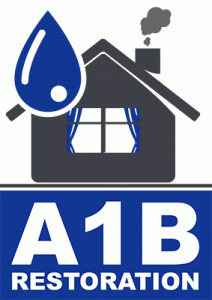
water removal services near me North Richland Hills Texas

best water damage restoration near me McKinney Texas

water remediation company near me Sunnyvale Texas
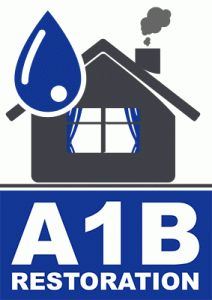
residential water damage restoration Arlington Texas

best water damage restoration near me Murphy Texas

Lake Dallas TX water damage restoration companies
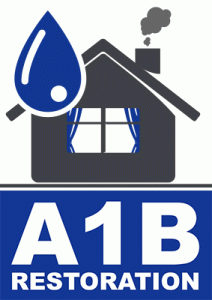
water restoration companies near me Coppell Texas
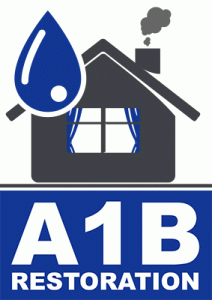
best water damage restoration near me Cedar Hill Texas

water damage cleanup companies Lake Highlands Dallas Texas
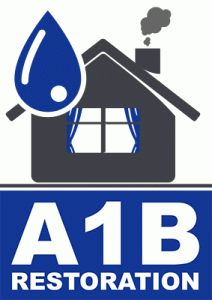
residential water damage restoration Sachse Texas
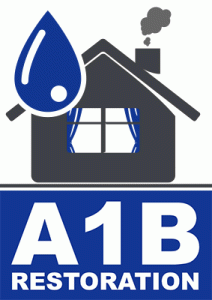
residential water damage restoration DeSoto Texas

water damage restoration services near me Plano Texas
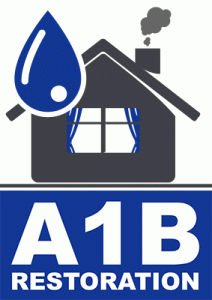
North Richland Hills TX restoration water damage experts

Arlington Texas restoration water damage companies

Preston Hollow Dallas Texas water remediation company
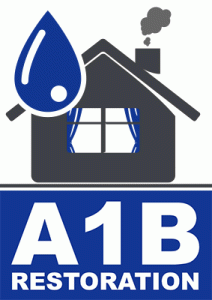
Haltom City Texas water damage restoration near me

Lakewood Dallas Texas water extraction company near me
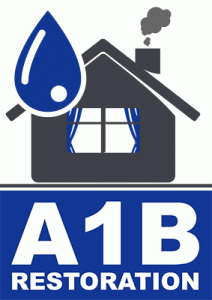
Lakewood Dallas Texas water restoration companies
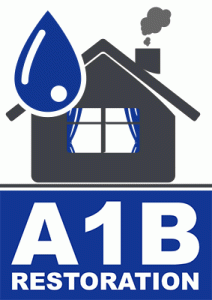
Grapevine Texas restoration water damage companies

North Richland Hills Texas water remediation company
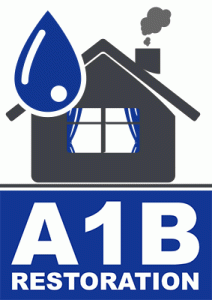
Lakewood Dallas TX emergency water damage cleanup
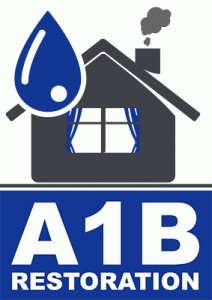
Dallas TX water damage restoration companies near me
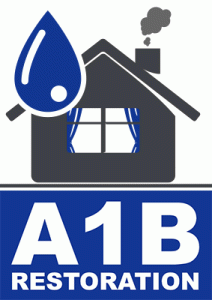
water damage restoration services near me Lake Dallas Texas
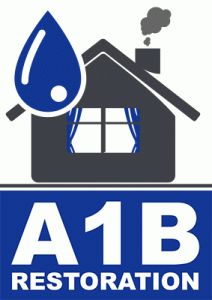
water damage clean up near me Highland Park Texas

emergency water damage restoration Lakewood Dallas Texas
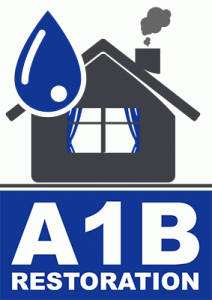
best water damage restoration near me Grapevine Texas

water damage restoration services near me Fate Texas

residential water damage restoration Grapevine Texas
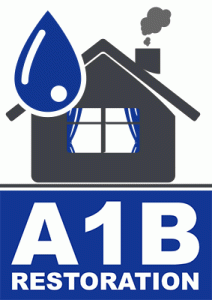
water restoration companies near me Little Elm Texas

water damage and restoration companies Parker Texas
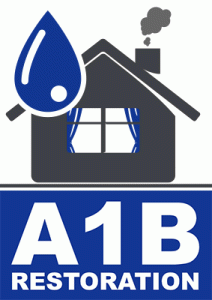
restoration company water damage Lake Highlands Dallas Texas
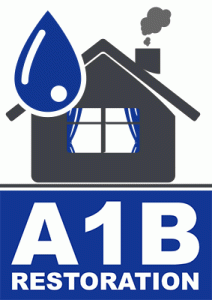
water extraction company Lake Highlands Dallas Texas

water damage and restoration companies Preston Hollow Dallas Texas

residential water damage restoration McKinney Texas
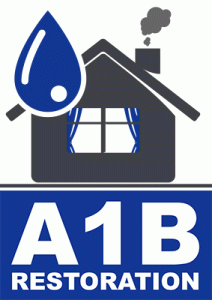
restoration services water damage Richardson Texas
